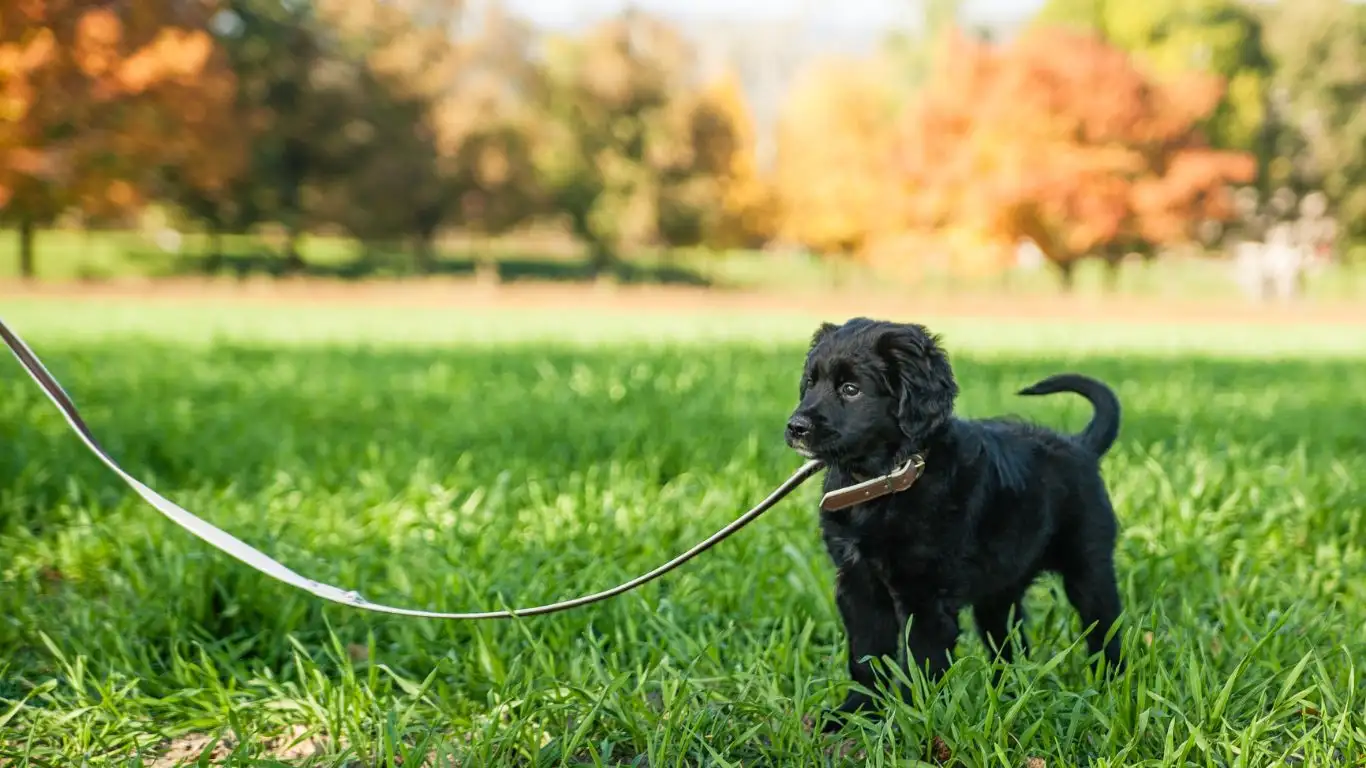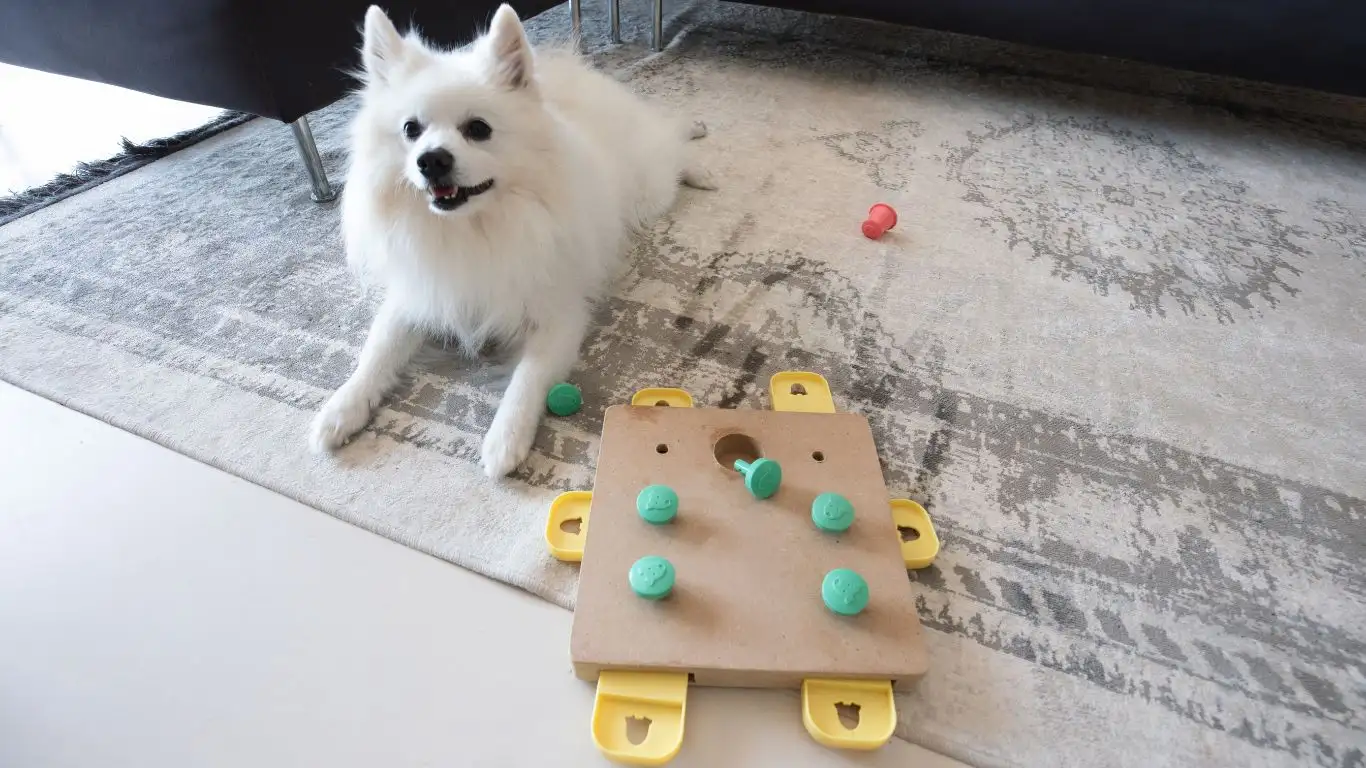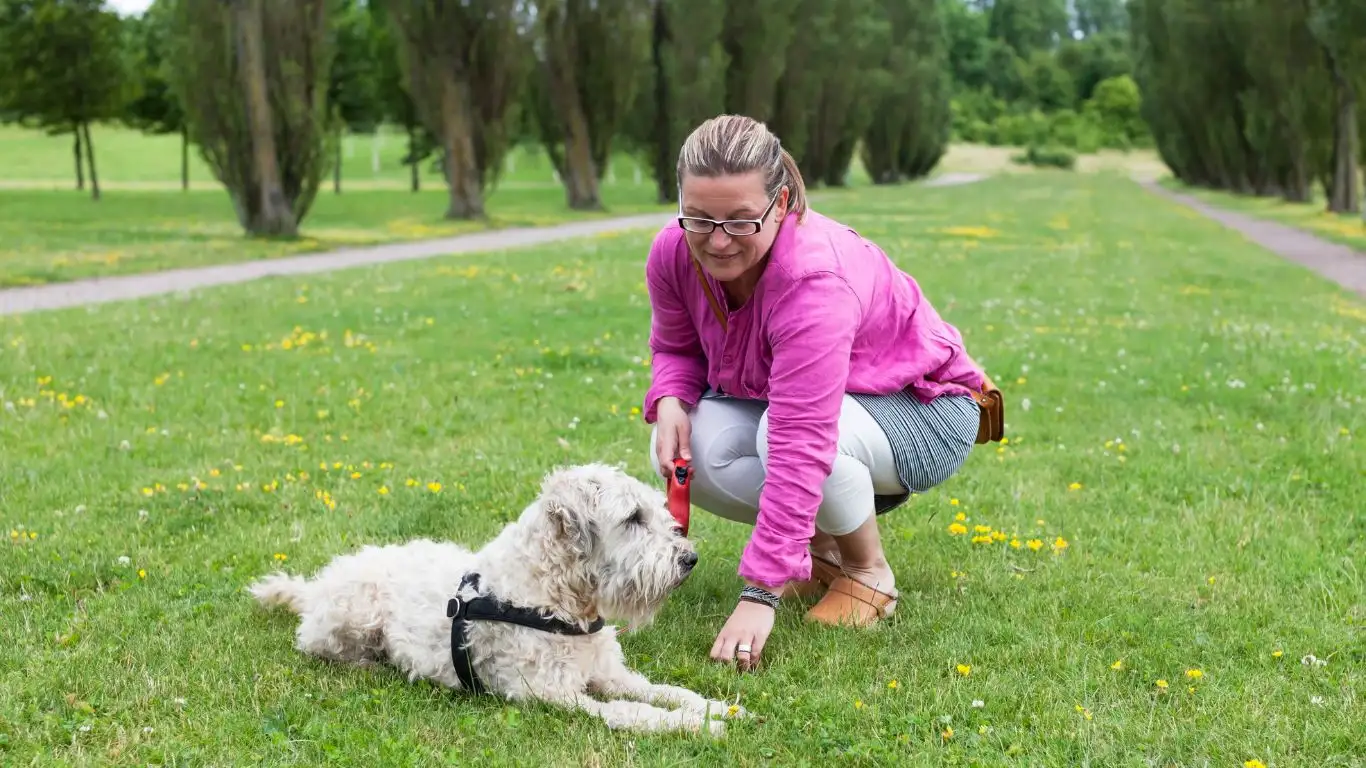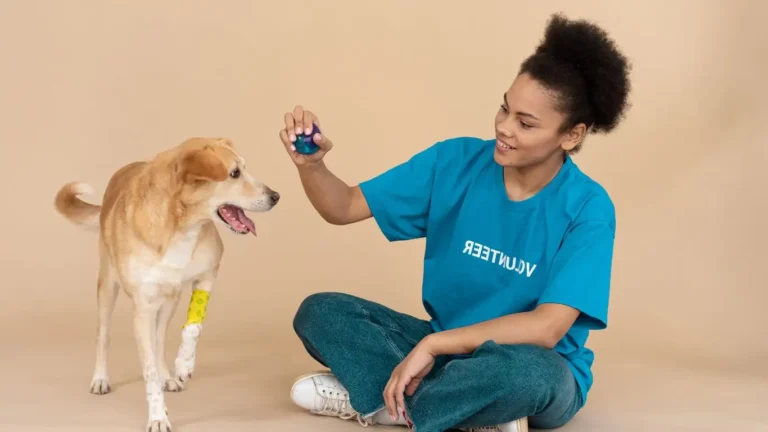Managing Rheumatoid Arthritis and Iron Deficiency: Tips for Relief
If you’re living with rheumatoid arthritis and iron deficiency, you’re not alone—far from it, actually. I’ve met many clients in my years as a Canine-Assisted Therapy Trainer who’ve shared stories of chronic fatigue, joint pain, and those frustrating days when getting out of bed feels like a mountain climb. It’s a double whammy: the inflammation from rheumatoid arthritis (RA) already drains your energy, and iron deficiency just kicks you while you’re down. But here’s the good news—there are ways to ease the struggle, and you might be surprised how much our furry friends can help.
How Rheumatoid Arthritis and Iron Deficiency Are Connected

The Inflammation-Iron Tug-of-War
RA is an autoimmune disease where the body’s immune system mistakenly attacks the joints. This creates chronic inflammation. What many people don’t realize is that this constant inflammation can mess with the body’s ability to manage iron. It’s not just about what you eat—your body might not be absorbing iron the way it should.
Even if you’re eating steak and spinach every other night, that iron might not be making it to your bloodstream. That’s because inflammation increases a hormone called hepcidin, which blocks iron absorption. So even a great diet might not be enough, and low iron equals low energy—bad news when your joints already feel like they’re made of cement.
Common Signs You’re Dealing with Both
Here’s what I hear most from folks juggling both conditions:
- Waking up already exhausted
- Persistent joint stiffness, especially in the morning
- Shortness of breath doing simple tasks
- Cold hands and feet, even in summer
- Brain fog (yep, it’s real—and super frustrating)
If this sounds like you, you’re not imagining it. You’re dealing with two energy-zapping conditions at once, and it’s going to take a holistic approach to feel more like yourself again.
Living With RA and Iron Deficiency: My Journey With Clients and Canine Therapy

Why Iron Levels Matter in Day-to-Day Life
One of my long-time clients, Sheila, used to come into our sessions visibly exhausted. Even when her RA flared up, she was determined to keep showing up—but I could tell something else was off. After talking it through (and encouraging her to ask her doctor about her iron levels), she discovered her ferritin was nearly nonexistent. Once she started supplementing appropriately, the difference was night and day. Her energy came back. Her smile came back. She had the strength to fully engage with our canine-assisted therapy sessions again.
That experience really stuck with me. It reminded me how interconnected our bodies are. Sometimes we chalk up all our symptoms to RA, but there’s often more to the story.
How Dogs Play a Role in Recovery
You might wonder how dogs fit into all this. Trust me—they’re a huge part of the puzzle. When your body hurts, when your energy is gone, and you’re feeling isolated (which happens more often than we talk about), having a dog by your side is powerful medicine.
During therapy, I’ve watched dogs nuzzle their owners out of emotional spirals. I’ve seen mobility-impaired clients find new motivation to walk again—because their dog needed it. That little tail wag, that head on your lap—it triggers the release of feel-good hormones like oxytocin. And that can actually help lower inflammation. Pretty wild, right?
Let’s be real: you’re not going to fix everything overnight. But with the right information, support, and maybe a four-legged friend, you can start turning things around.
Nutrition Pitfalls: What People With RA and Low Iron Often Miss

It’s Not Just About Iron-Rich Foods
Here’s something I’ve learned from chatting with nutritionists and working with clients: it’s not always about eating more iron-rich foods—it’s about absorbing them better. That means cutting back on iron blockers like too much caffeine and high-calcium foods during iron-heavy meals. Even healthy stuff like kale and dairy can interfere with absorption if timed wrong.
Here’s a quick breakdown of how to make iron work harder for you:
- Pair iron-rich foods (like red meat, lentils, or tofu) with vitamin C (think bell peppers or oranges)
- Avoid tea and coffee with meals—wait at least an hour after eating
- Space out calcium supplements from iron supplements or meals
Even these small tweaks can start to shift your energy levels. I’ve seen it firsthand with clients who were shocked at how much of a difference it made.
Small Lifestyle Tweaks That Add Up Big

Movement Is Medicine—Even When It’s Gentle
Okay, I’ll be honest—on those foggy, achy days, the idea of movement can feel like a cruel joke. But here’s the twist: gentle movement often makes things better, not worse. I’ve had so many clients tell me they were afraid to move because they thought they’d do more harm than good. And trust me, I totally get that hesitation.
That’s why in our sessions, we keep it light. A short walk with your dog. A few minutes of stretching while your pup chills beside you. Maybe some leash work that involves mild pacing or bending. These tiny actions reduce stiffness, get blood flowing, and give a small energy boost that can ripple through the rest of your day.
Plus, your dog LOVES being part of your wellness routine. It’s bonding, it’s beneficial, and it doesn’t have to feel like a workout. You’re not training for a marathon here—you’re simply moving with purpose and presence.
Creating a Consistent Daily Rhythm
When juggling rheumatoid arthritis and iron deficiency, energy conservation becomes an art form. I always suggest creating a flexible but steady daily rhythm. Dogs, in fact, are amazing at reinforcing this. They thrive on routine, and before you know it, their need for structure starts keeping you on a healthy schedule too.
Here’s how some of my clients organize their day for better balance:
- Morning energy burst: light movement with the dog, maybe outside for a quick walk or sunshine soak
- Mid-morning meal: iron-rich breakfast paired with vitamin C (smoothies are an easy win)
- Midday rest: both you and your pup get some downtime—recovery matters
- Afternoon enrichment: play or train your dog—mental stimulation helps you both
- Evening wind down: slower pace, calm activities, gratitude moments (yes, even a snuggle counts)
It’s not about perfection. It’s about making space for your body’s needs and having your dog as an anchor in that flow. This kind of consistency can help regulate inflammation, sleep, and even mood.
Working With Healthcare Providers as a Team

Don’t Downplay Your Symptoms
This one’s personal. I’ve watched too many clients normalize pain and fatigue for way too long. They assume it’s just “part of the deal” with RA. But when iron deficiency joins the party, things get more serious—and more treatable too. So speak up.
I always tell people: if your fatigue feels different, deeper, or suddenly worse—say something. Ask for your iron and ferritin levels to be tested. Advocate for complete labs. You’re the expert on your body, even when it feels like it’s constantly changing the rules on you.
Integrated Care Makes a Huge Difference
We’re seeing more doctors and therapists now who understand that treating chronic illness is not a one-lane road. Nutritionists, physical therapists, mental health counselors, and yes—even animal-assisted therapy professionals like me—all play a role.
I’ve worked with rheumatologists who send their patients to me because they know how much a therapy dog can support healing. That trust between professionals? That’s E-E-A-T in action: experience, expertise, authoritativeness, and trustworthiness. And when it comes to your health, that’s non-negotiable.
Iron Deficiency, Mood, and the Power of a Dog’s Presence

The Emotional Toll Is Real
Let’s talk about the stuff people don’t always share out loud: the mood crashes. The brain fog. That emotional heaviness that creeps in when your body won’t cooperate and your energy is drained by 10 a.m.
Low iron doesn’t just make you tired—it affects how your brain functions. That includes memory, attention span, and mood regulation. It’s not “just in your head,” and you’re not weak for feeling overwhelmed.
Dogs: Masters of Mood Shifting
This is one of the reasons I’m so passionate about canine-assisted therapy. Dogs don’t fix everything, but they shift energy in a room instantly. They live in the moment. They don’t care about your blood test results or whether you made it to yoga. They care that you’re here. That you’re with them. And that kind of unconditional presence does wonders for the soul.
I’ve had clients burst into tears mid-session, not from sadness but from the relief of being seen and loved exactly as they are. No judgment. Just a soft paw on their knee or a gentle nudge under the hand. It’s therapy that bypasses words—and sometimes, that’s exactly what we need.
Take It One Day at a Time
If you’re navigating rheumatoid arthritis and iron deficiency, you’ve already proven how strong and resilient you are—just by getting through each day. My hope is that this journey feels a little less heavy knowing you’ve got support. From your healthcare team. From people like me. And most of all, from that loyal dog who’s probably snoring on your feet right now.
Practical Tips to Manage Rheumatoid Arthritis and Iron Deficiency Together

Building a Personalized Plan That Works for You
From my years working with clients in canine-assisted therapy, one thing is crystal clear: there’s no one-size-fits-all approach to managing rheumatoid arthritis and iron deficiency. Everyone’s body, lifestyle, and symptoms are different. What worked wonders for one client might be frustrating for another.
That’s why it’s so important to listen closely to your body and build a plan that fits your unique rhythm. Maybe you’re someone who thrives on morning walks with your dog but needs a midday rest. Or perhaps you find gentle stretching after a meal helps reduce stiffness. The key is to experiment (safely!) and keep what helps, ditch what doesn’t.
Iron Supplements: Handle With Care
While supplements can be a game changer, I always remind clients that iron isn’t a “more is better” situation. Taking too much iron can cause digestive upset or even interact with other medications, especially those prescribed for RA. Your healthcare provider should guide you on the right dosage and form—whether it’s ferrous sulfate, gluconate, or even intravenous options.
Also, timing matters: take iron on an empty stomach when possible, but if it causes nausea, pairing it with a small snack can help. Avoid taking it with calcium-rich foods or coffee to maximize absorption.
Mind Your Mental Health
RA and iron deficiency don’t just affect your body—they impact your mind too. Chronic pain and fatigue can easily lead to feelings of frustration, anxiety, or depression. From what I’ve witnessed, working with a therapist who understands chronic illness can be as crucial as medical treatment.
And don’t underestimate the emotional power of your canine companion. That steady presence, the non-verbal comfort, the joyful distraction—dogs can help soothe mental stress in ways that no pill can.
Canine-Assisted Therapy: An Overlooked Ally in Chronic Illness Management

Why Dogs Make Such a Difference
Incorporating therapy dogs into health routines isn’t just a nice idea—it’s backed by growing research. Dogs help reduce stress hormones, improve mood, and encourage physical activity, all of which are beneficial when dealing with inflammatory conditions like RA and the fatigue that comes with iron deficiency.
During my work, I’ve seen how the simple act of petting a calm, affectionate dog can lower blood pressure and ease muscle tension. It’s not magic, it’s biology—and it’s a powerful tool that complements medical treatment perfectly.
Tips for Bringing Canine Therapy Into Your Life
If you don’t already have a dog, don’t worry—there are plenty of ways to engage with therapy dogs, from local community programs to volunteer visits at hospitals and senior centers. Even spending time at a friend’s home with a dog can provide those mood-lifting benefits.
For dog owners, integrating therapy-style activities—like training simple commands or taking quiet walks—can create meaningful bonding and add gentle movement to your day. Always listen to your body and adjust as needed, but keep your dog close as a source of comfort and motivation.
Resources and Further Reading
- American College of Rheumatology
- American Society of Hematology
- Psychology Today – Mental Health and Chronic Illness
- Dogster – Canine-Assisted Therapy and Emotional Support Animals
Disclaimer
The information shared here is based on my personal experience as a Canine-Assisted Therapy Trainer and general knowledge about rheumatoid arthritis and iron deficiency. It is not intended to replace professional medical advice, diagnosis, or treatment. Always consult your healthcare provider before making changes to your health routine, diet, or medications. If you suspect you have iron deficiency or worsening rheumatoid arthritis symptoms, seek medical attention promptly.




